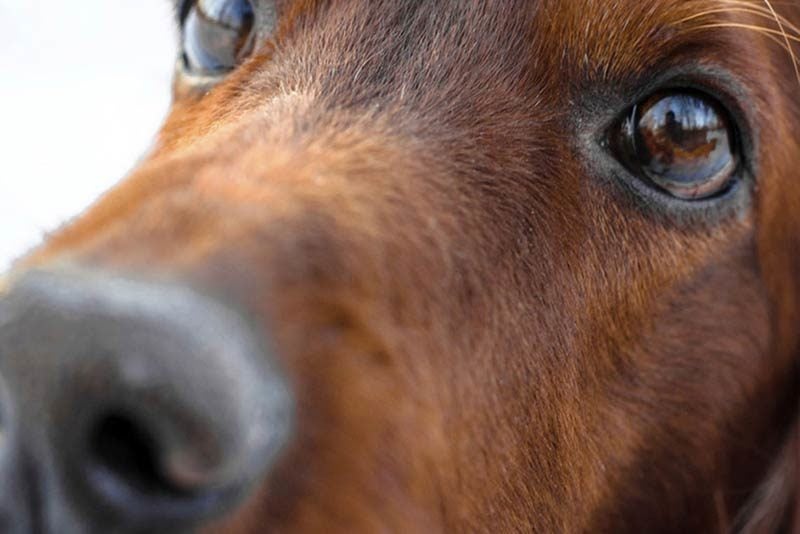
Some dogs, just like good wine, age with grace. They are sound and wise and still have some spark well into their senior years, and through their endurance they have demonstrated value to the breed
There are many advantages to using a quality older male as a litter sire. Not only do you know that the dog has aged well, but such a dog will usually have a good number of offspring for you to evaluate. This information should help you predict what you are likely to get in your own litter.
A while ago, a dog on my “potential stud dogs list” died of cancer at the age of 8 years. While I may yet ask to use some of his frozen semen, it is difficult to be enthusiastic about the prospect. Like epilepsy, significant cataracts, severe back problems, thyroid disease, cruciate-ligament ruptures, allergies, and even certain personality problems, cancer is a condition that is likely to be heritable and that can take years to develop or be recognized. It may be advisable for a breeder to avoid such issues.
How old is an “older” Labrador Retriever? The Labrador Retriever Club has set 8 years as the minimum age for veteran entries. This is appropriate, considering a gundog should be capable of an honest day’s work until it is at least 10. We have excellent examples in the breed of individuals who have aged well. Two of the breed’s last 10 national-specialty winners have been 8 years old. The 2008 National Amateur event had a 9-year-old finalist. A 12-year-old Labrador Retriever bitch passed the 2008 Master National. While it is generally a terrible disservice to exhibit dogs when they are no longer sound or “on their game,” some of these campaigners are still very capable of holding their own at the highest levels.
There are two reasons why one might hesitate to use the older male. One is the question of fertility. Some older males may not be as fertile as when they were in their prime. I would argue that if a dog doesn’t reliably sire puppies at age 10, then probably he should be used conservatively anyway. Longevity and fertility are two traits we ignore at our own peril. Those boys producing viable sperm at 13-plus are valuable!
A second cause of reluctance toward using an older, healthy male stems from a point made by population geneticists: A good stud dog should produce better than himself. By the time he is a senior, a stud dog “should” have produced a son even more attractive than he is as a potential sire. This argument holds best with regard to one or a limited number of traits being driven in a particular direction (such as more coat, more speed, or better markings). However, a conscientious dog breeder is juggling at least a score of characteristics and is often seeking moderation in some features. Your focus may be more about maintaining quality than evolving towards an extreme. While the son may offer improvement in some traits, he might very well be lacking or not yet developed in other areas.
It is wise to pay attention when the Veteran Dogs enter the ring at the next specialty, and to look hard at the 9-year-old who can still complete a Master Hunt test with ease. Some dogs, just like good wine, age with grace. They are sound and wise and still have some spark well into their senior years. They may not be quite as electrifying as the latest 3-year-old, but through their endurance they have demonstrated value to the breed. —Lee Foote, The Labrador Retriever Club

